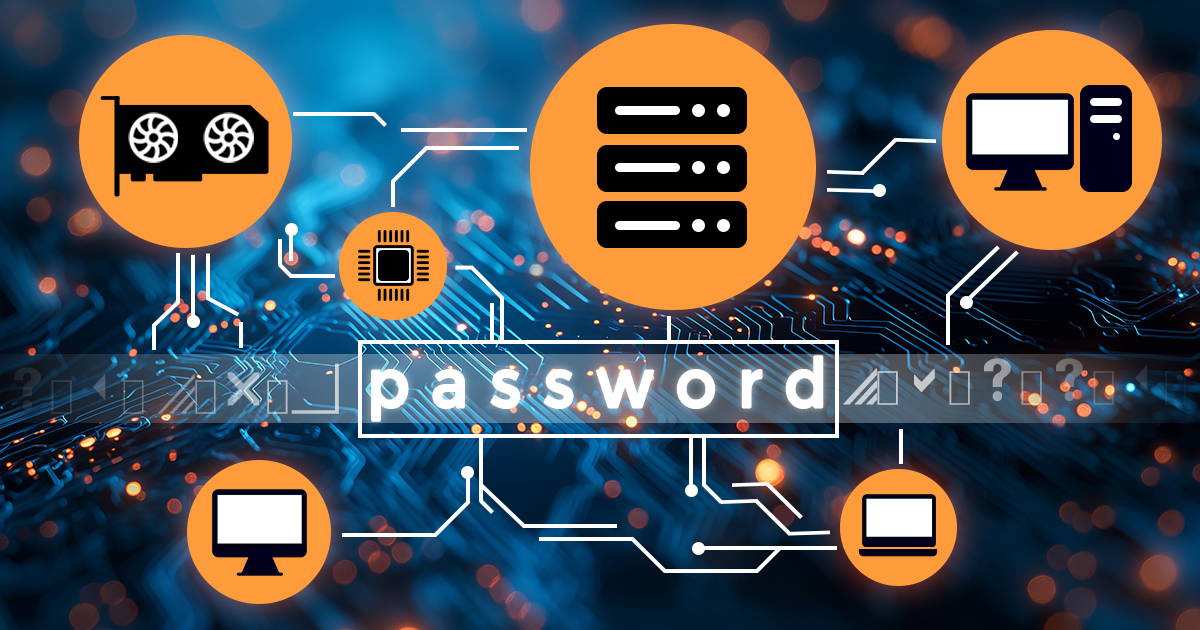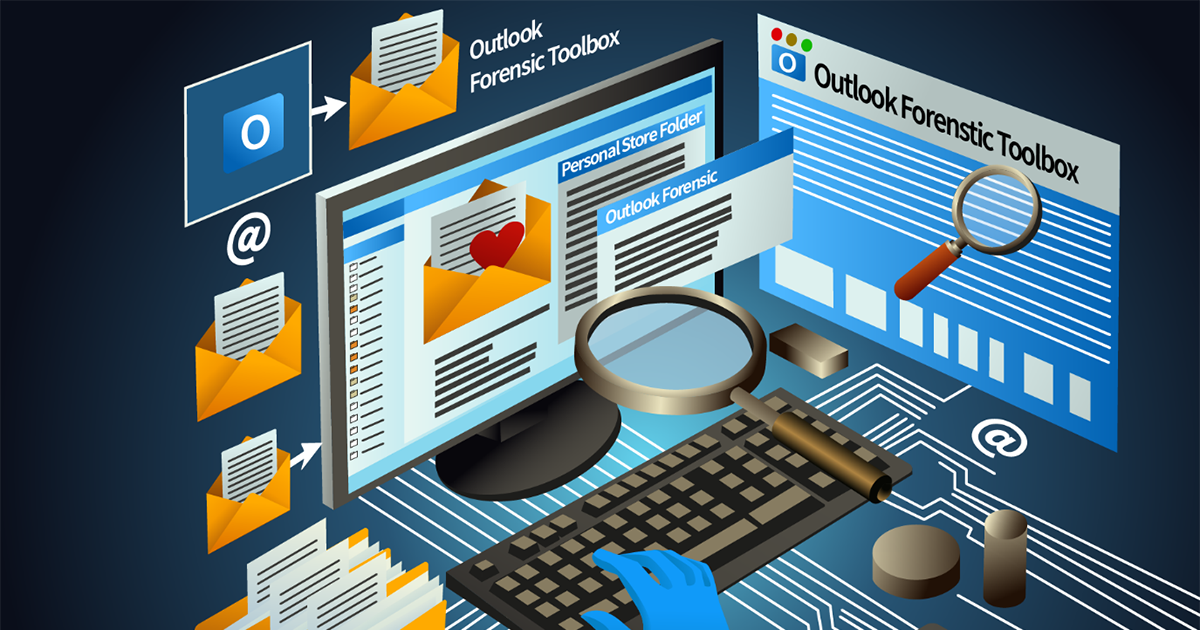Multi-factor authentication is the new reality. A password alone is no longer considered sufficient. Phishing attacks, frequent leaks of password databases and the ubiquitous issue of reusing passwords make password protection unsafe. Adding “something that you have” to “something that you know” improves the security considerably, having the potential of cutting a chain attack early even in worst case scenarios. However, not all types of two-factor authentication are equally secure. Let’s talk about the most commonly used type of two-factor authentication: the one based on text messages (SMS) delivered to a trusted phone number.
BitLocker is one of the most advanced and most commonly used volume encryption solutions. BitLocker is well-studied and extensively documented solution with few known vulnerabilities and a limited number of possible vectors of attack. BitLocker volumes may be protected with one or more protectors such as the hardware-bound TPM, user-selectable password, USB key, or combination thereof. Attacking the password is only possible in one of these cases, while other protectors require a very different set of attacks. Learn how to approach BitLocker volumes depending on the type of protector.
Accessing a locked system is always a challenge. While you might be tempted to pull the plug and image the disk, you could miss a lot of valuable evidence if you do. Full-disk encryption, EFS-encrypted files and folders and everything protected with DPAPI (including the passwords stored in most modern Web browsers) are just a few obstacles to mention. Recovering the original Windows logon is a must to access the full set of data, while resetting the logon password may help unlock working accounts in emergencies.
Geolocation data can provide a wealth of evidence to various government agencies. Law enforcement agencies use location data to help place suspects near a crime scene in a given time frame. However, the use of location is not limited to criminal or civil investigations. Emergency response services use geolocation to locate persons, taxi and delivery services use location to improve service. There are many more examples where location evidence is vital. Recently, governments have started using (or are considering using) geolocation data to help identify and isolate infected citizens. Where does the location evidence come from and how one can extract it?
Last week, Microsoft Edge has become the second most popular desktop Web browser based on NetMarketShare usage figures. The new, Chromium-powered Edge offers impressive levels of customization and performance, much better compatibility with Web sites. The new browser is available on multiple platforms including older versions of Windows. With Chromium-based Edge quickly gaining momentum, we felt the urge of researching its protected storage.
Password managers such as LastPass are designed from the ground up to withstand brute-force attacks on the password database. Using encryption and thousands of hash iterations, the protection is made to slow down access to the encrypted vault that contains all of the user’s stored passwords. In this article, we’ll demonstrate how to unlock LastPass password vault instantly without running a length attack.
Password managers or password reuse? This is the question faced by most consumers. Reusing a password or its minor variations for different accounts has never been a good idea, yet in today’s world of online everything the rate of password reuse reaches astonishing values. Using a password manager helps reduce password reuse, supposedly offering increased security. In this article, we’ll perform forensic analysis of some of the most common password managers.
VeraCrypt is a de-facto successor to TrueCrypt, one of the most popular cryptographic tools for full-disk encryption of internal and external storage devices. Compared to TrueCrypt, which it effectively replaced, VeraCrypt employs a newer and more secure format for encrypted containers, and significantly expands the number of supported encryption algorithms and hash functions. Learn how to break VeraCrypt containers with distributed password attacks.
Just days ago, we have reviewed the data stored in iCloud, and studied its encryption mechanisms. We also discussed the discrepancies between the data that is stored in the cloud and the data that’s provided to the law enforcement. In case you missed it, make sure to check out Apple vs. Law Enforcement: Cloud Forensics. Today, the differences are great; Apple is using point-to-point encryption to protect certain types of data. However, it has not always been that way. Apple security model changed year after year. This article reviews the timeline of Apple security changes over time.
How can you make your system and documents secure? Today, 256-bit AES encryption is offered by everyone and their dog. However, AES encryption does not mean much (or anything at all) when it comes to the real security of your data. Implementing encryption at the right time and in the right spot is no less important than choosing strong encryption credentials and managing the encryption keys.


